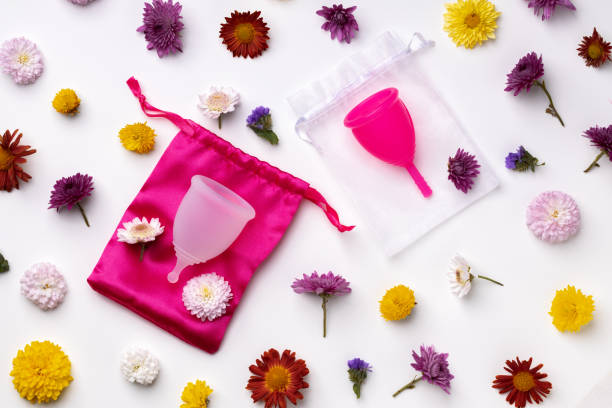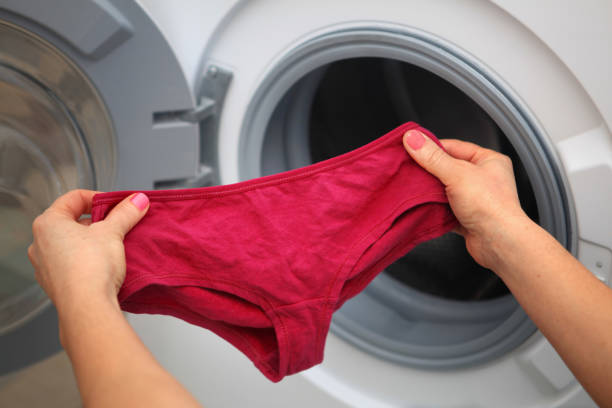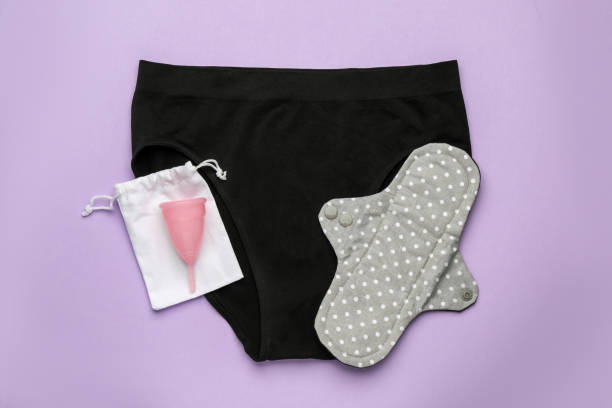When it comes to managing our periods, there’s an array of options available, from traditional disposable pads to innovative reusable products. Among these alternatives, the menstrual cup has gained popularity as a sustainable and eco-friendly choice.
In this article, we’ll explore the proper cleaning methods for menstrual cups, address common myths, and delve into the potential risks associated with their usage.
Myth or Fact: Boiling Menstrual Cups for Sanitization
The online world is filled with various methods and techniques for cleaning menstrual cups. One method that has garnered attention is boiling the cup in hot water. But is this a myth or a fact?

Image from iStock
According to Ann Gee, co-founder of The Period Co, boiling the menstrual cup in hot water is a legitimate and effective way to clean it. The high-quality medical-grade silicone used in these cups can withstand the boiling water temperature, ensuring that any bacteria present is eradicated. It is essential to ensure the cup is fully submerged in the water and not in direct contact with the pot’s surface to avoid any damage.
Proper Care for Menstrual Cups
To maintain your menstrual cup’s cleanliness and longevity, following proper care guidelines is crucial:
1. Boiling Method
Before first-time use, boil the cup in a pot of water for approximately 20 minutes. During your period, after each use, wash the cup with a cup cleanser made from natural ingredients. When your cycle ends, repeat the sanitization process with cup cleanser and warm water.

Image from iStock
2. Storage and Maintenance
To remove discolouration and odour, place the clean cup near a sunny window. After sanitizing, store the cup in a breathable container or cotton pouch.
Cleaning Period Panties: A Hassle-free Method
For those who prefer period panties over menstrual cups, washing them correctly is essential to maintain their efficacy:
1. Handwashing
Rinse each piece under cold water until the water runs clear to remove stains and bacteria build-up.
2. Machine Washing

Image from iStock
For a thorough wash, place the period underwear in a laundry bag and wash them separately from regular laundry. Avoid using bleach and softeners to preserve the delicate materials.
3. Air-Drying
Air-dry the period panties, avoiding excessive agitation in the tumble-dry, which may affect their shape and elasticity.
Potential Risks and Expert Insights
 Image from iStock
Image from iStock
While menstrual cups are generally considered safe, it’s essential to address potential risks and adhere to expert advice:
Dr. Chong, a urogynaecologist, advises that ideally, menstrual products should be disposable, and the response to vaginal devices is individualized. Proper care and hygiene are crucial when using such devices. Any vaginal device, including menstrual cups, can introduce bacteria into the body, leading to toxic shock syndrome. Symptoms include high fever, vomiting, rash, and muscle aches.
Embrace Sustainable Period Care
The menstrual cup is a sustainable and environmentally friendly option for managing your periods. Proper cleaning and maintenance are essential to ensure its effectiveness and safety. Whether you choose a menstrual cup or period panties, embracing reusable period products can significantly reduce waste and contribute to a greener planet. Remember to follow expert advice and prioritize your health while making eco-conscious choices for your menstrual care routine.
ALSO READ:
How I Am Teaching My 4-year-old Son About Menstruation And You Can Too!
What Your Menstrual Cycle is Telling You
Irregular Menstrual Cycles: Can I Still Get Pregnant?